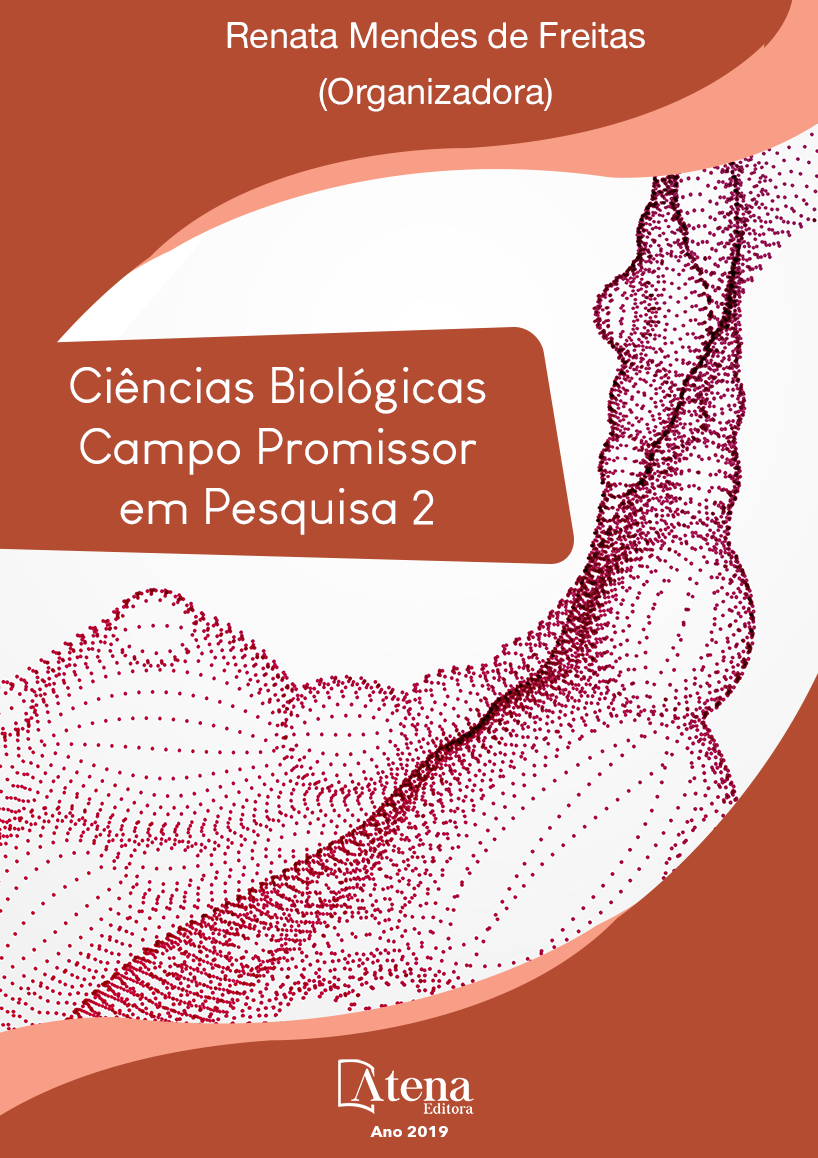
CONSTRUÇÃO DE ROTEIROS INTERDISCIPLINARES DE MEDIAÇÃO NO MUSEU DINÂMICO INTERDISCIPLINAR DA UEM
Museu Dinâmico Interdisciplinar
(MUDI) realiza ações de divulgação científica
e tecnológica em diferentes áreas do
conhecimento, com eixo central na interação
e redução da distância entre o conhecimento
científico e a população em geral. A partir
das demandas de maior efetividade na
integração entre os ambientes do museu,
roteiros estratégicos de visitação para o
atendimento foram propostos para aperfeiçoar
o tempo de visitação e facilitar a mediação
com o público nos espaços de exposição. Os
roteiros versaram sobre o Sistema Digestório
relacionando diferentes espaços do museu,
desde a Química, Segundo Cérebro, e Anatomia,
objetivando contribuir na compreensão das
relações existentes dentro de uma única
temática. Serviram para contribuir com o ensino
tradicional, junto à pesquisa e a elaboração de
instrumentos didáticos práticos com materiais
reciclados e/ou de baixo custo além do espaço
de educação não formal por si, que influencia o
conteúdo no cotidiano dos visitantes, tornandoos
mais ativos, participativos e reflexivos.
CONSTRUÇÃO DE ROTEIROS INTERDISCIPLINARES DE MEDIAÇÃO NO MUSEU DINÂMICO INTERDISCIPLINAR DA UEM
-
DOI: 10.22533/at.ed.8261913117
-
Palavras-chave: Educação não formal, Museus de Ciências, Anatomia, Divulgação Científica, Sistema Digestório.
-
Keywords: Non Formal Education, Science Museums, Anatomy, Scientific Outreach, Digestive System.
-
Abstract:
The Dynamic Interdisciplinary
Museum (Mudi) carries out scientific and
technological disclosure in different areas of
knowledge, with a central axis in the interaction
and reduction of the distance between scientific
knowledge and the general population. From
the demands of greater effectiveness in the
integration between the museum environments,
strategic visitation itineraries for the attendance
were proposed to improve the visitation time
and facilitate the mediation with the public in
the exhibition spaces. The scripts dealt with
the Digestive System relating different areas
of the Museum, from Chemistry, Second Brain,
and Anatomy, aiming to contribute to the understanding of existing relationships within
a single theme. They served to contribute to traditional teaching, research and the
development of practical didactic tools with recycled and/or low cost materials, besides
the non-formal education space, which influences the content in the daily lives of
visitors, making them more active, participatory and reflective.
-
Número de páginas: 14
- Rauana Santandes
- Sônia Trannin de Mello
- Ana Paula Vidotti


